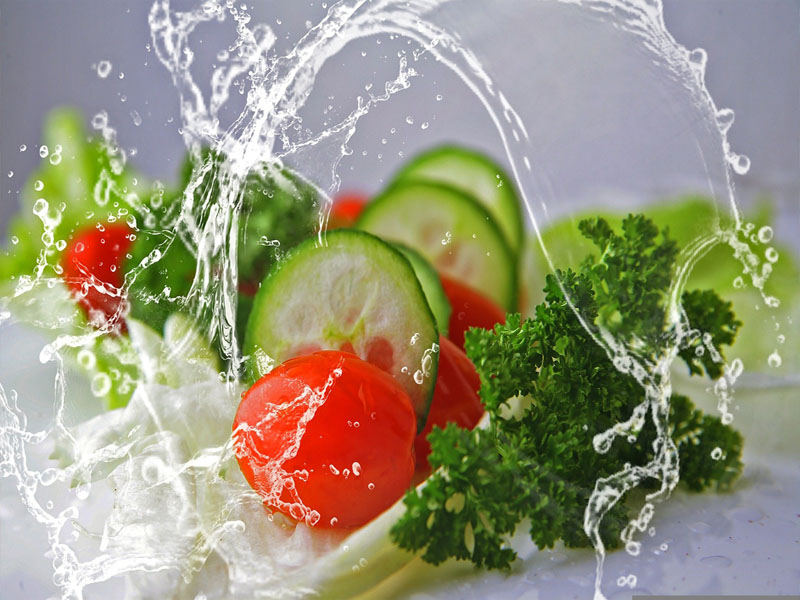“ The first wealth is health. “ – Ralph Waldo Emerson.
When it comes to food and nutrition, India is one of the countries that has not been able to make a good record as compared to other countries in the world. Though, today, we stand here to talk about it because the POSHAN Abhiyan of the Government is performing well and with few modifications and changes, we together can shift the paradigm of health and nutritional industry in India.
As per the National Health Family Survey-4, one-third of children under the age group of 5 years are stunted (which means lower in height as per weight), every fifth of the child in country is wasted (which means lower weight as per the height), and more than 50% of the children are anemic (which means low red blood cell count). Though, on the other hand, one-fifth of the adults are obese or overwight.
We are suffering from both types of malnutrition: abnormal thinness and excess obesity.
Infact, as per the reports of UNICEF, India is at the 10th spot when it comes to underweight children and 17th spot when it comes to breeding the highest number of stunted children.
On the other hand, Global Nutrition Report has found India is at the number one in becoming the home of stunted children. Almost 31% of the stunted children of the world are found here.
As depressing and dark these ratios may sound, we must look into this topic deeply and understand its core reason. There are many parameters that can be taken into consideration when it comes to affecting malnutrition like sanitation, female literacy, drinking water, caste, and social status too sometimes.
But one of the major drawbacks of our diet is that our diet is cereal driven. We are little to zero percent concerned about a balanced diet. Most people don’t even know what a balanced diet is.
Let’s know a little about the National Nutrition Strategy now.
The National Nutrition Strategy aims to reduce all kinds of malnutrition by 2030. It will follow a decentralized approach on effectively implementing nutrition initiatives. It also aims to provide bi-annual Vitamin A supplements to children between the age group of 9 months to 5 years, distribute micronutrient supplements and bi- annual deworming for children.
It is optimistic to note that the POSHAN Abhiyan of Government is making the dream of the National Nutrition Strategy by continuously working on improving the nutritional status of children, adolescent girls, pregnant and lactating women. They are converting various programmes earlier initiated in new ways for effective results like Anganwadi services, Pradhan Mantri Matru Vandana Yojna, Scheme for Adolescent Girls, National Health Mission, Public Distribution System, MGNREGS and Ministry of Drinking Water and Sanitation.
Few Insights that could boost our efforts to reach target:
- We can provide training to Auxiliary Nurse Midwife, ASHA workers and Anganwadi workers.
- We can educate farmers about diverse and nutritious crops other than what they are growing now.
- In PDS, we can include nutritious food like millets, fortified wheat flour etc.
- We can teach our children about nutrition, food safety and the importance of a balanced diet as compulsory subjects.
References:
https://byjus.com/free-ias-prep/upsc-notes-pdf/
https://pixabay.com/photos/meal-salad-cucumbers-food-leaves-2834549/
Stay with
Prerna




